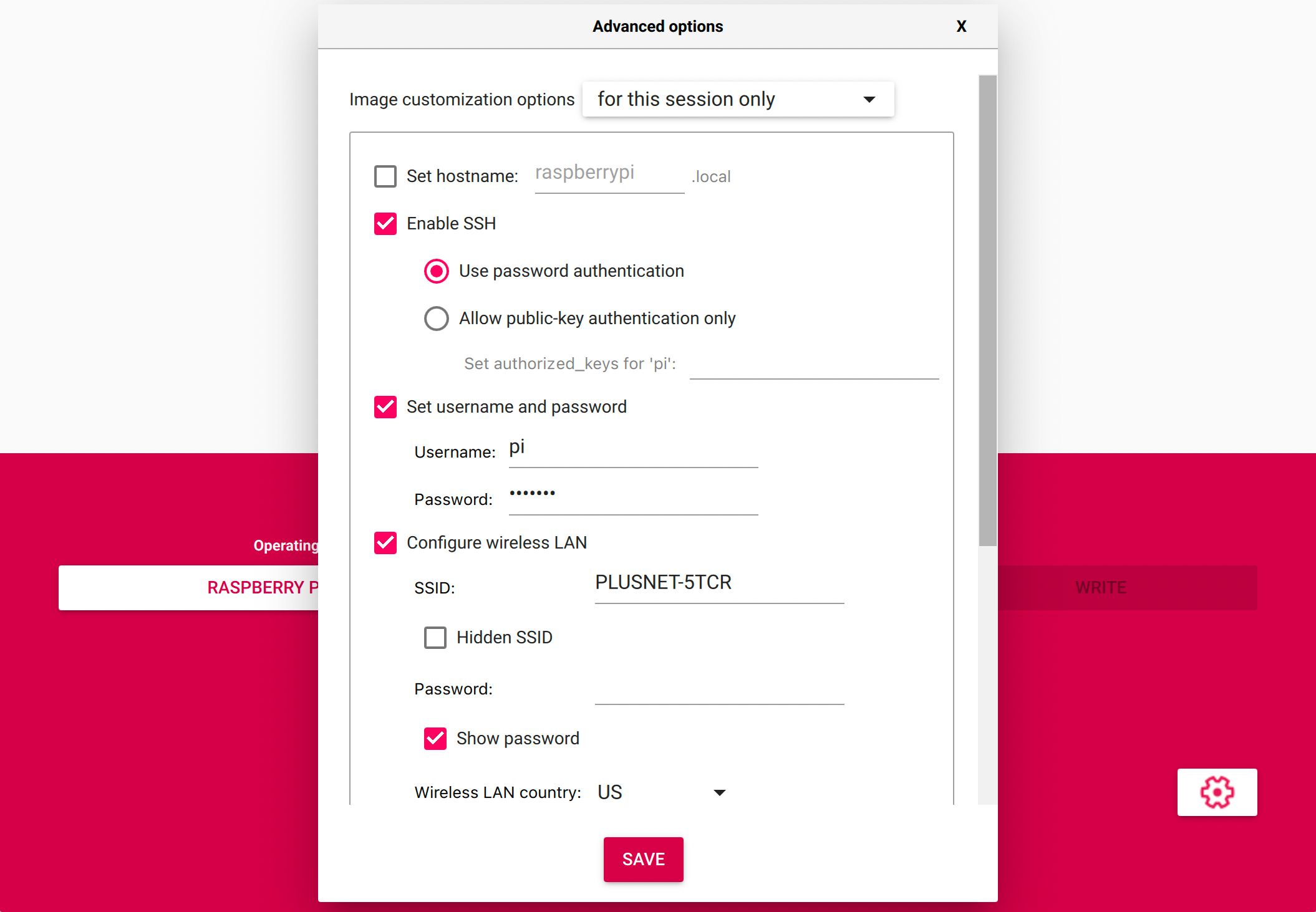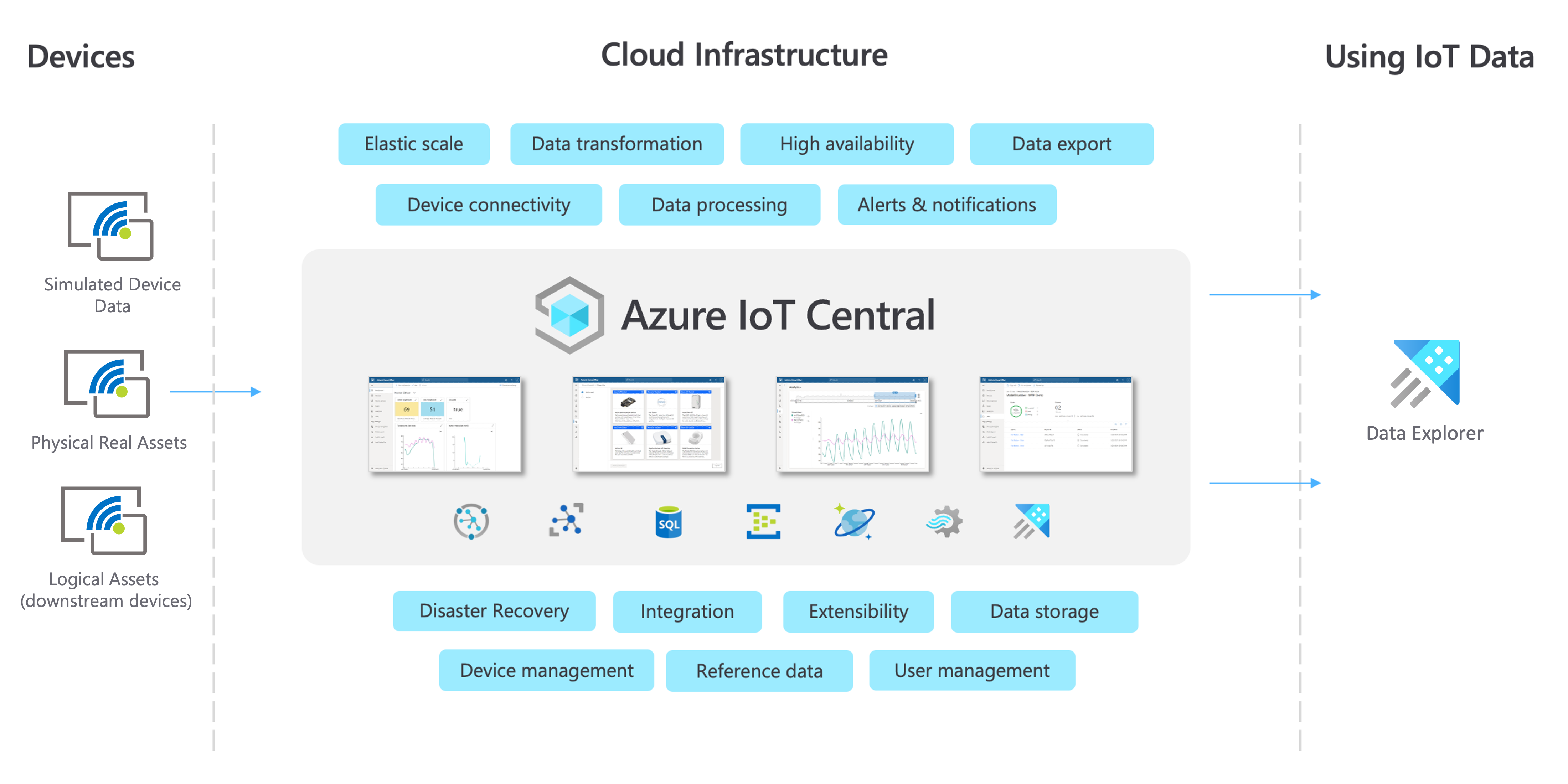Unlock Remote SSH IoT: Ubuntu Firewall Guide + Example!
Ever found yourself locked out of your own smart devices because of a pesky firewall? Gaining remote access to your IoT devices, even when they're barricaded behind firewalls on Ubuntu, is not just possible it's essential for the modern tech-savvy individual. This isn't some futuristic fantasy; it's a practical skill that can unlock the true potential of your connected world.
Imagine a world where you can manage your smart home from halfway across the globe, monitor critical industrial equipment in real-time, or pilot a fleet of drones with unparalleled precision. The key to this seamless connectivity lies in mastering the art of setting up remote SSH (Secure Shell) for your IoT (Internet of Things) devices operating behind firewalls using Ubuntu. The following guide will provide the essential knowledge, turning complex configurations into manageable tasks.
Before diving into the technical intricacies, let's underline the significance of mastering "Remote SSH IoT behind firewall Ubuntu example". Security isn't merely an afterthought; it's the very foundation upon which reliable remote access is built. Firewalls are often the first line of defense, but they can inadvertently block legitimate access. By journey's end, you'll possess the skills to navigate these restrictions securely, efficiently, and with confidence.
- Breaking Down Barry Weisss Net Worth Facts Figures Unveiled
- Breaking Down Al Pacinos Net Worth Secrets Revealed
Let's embark on this detailed exploration!
- Introduction to Remote SSH IoT
- Understanding IoT Basics
- Firewall Challenges Explained
- Setting Up Ubuntu for SSH
- SSH Tunneling Techniques
- Port Forwarding for IoT Devices
- Security Best Practices
- Troubleshooting Common Issues
- Real-World Examples
- Wrapping It Up
Now that we've set the stage, let's meet a fictional individual who embodies the spirit of this pursuit: Anya Sharma, a brilliant IoT engineer pushing the boundaries of remote device management. Anya's journey highlights the complexities and rewards of securely accessing IoT devices from anywhere.
| Category | Details |
|---|---|
| Full Name | Anya Sharma |
| Profession | IoT Engineer, Cybersecurity Specialist |
| Education | M.Sc. in Computer Science, Specialization in Network Security |
| Career Highlights |
|
| Skills |
|
| Personal Interests | Hiking, coding personal IoT projects, attending cybersecurity conferences |
| Contact | anya.sharma@example.com (fictional) |
| Reference Website | NIST Cybersecurity Framework |
Introduction to Remote SSH IoT
Remote SSH IoT behind firewall Ubuntu example is fundamentally about securely accessing your IoT infrastructure from a distance, while upholding ironclad security standards. SSH, or Secure Shell, serves as an indispensable tool, akin to a digital Swiss Army knife. It establishes encrypted communication channels between your local workstation and the remotely situated devices, guaranteeing that your data remains shielded from prying eyes and malicious intercepts.
- Rumors Is Cha Eunwoo Getting Married Soon The Truth Revealed
- Unveiling Kyle Kuzmas Ethnicity More Than Just A Player On Court
Why SSH Matters
SSH transcends its role as a mere protocol; it's a lifeline for those managing remote systems. The reasons are multifaceted:
- Encryption: Every piece of data transmitted via SSH undergoes encryption, rendering it exceptionally difficult for hackers to decipher or intercept.
- Authentication: SSH employs robust authentication mechanisms, including both password-based and public-key cryptography. This ensures that only authenticated users can gain access to your devices, thereby preventing unauthorized intrusions.
- Versatility: SSH's capabilities span a wide range of functions, from the execution of remote commands to the secure transfer of files.
With the pivotal role of SSH now clarified, let's turn our attention to the foundational aspects of IoT.
Understanding IoT Basics
The Internet of Things (IoT) encapsulates a network of physical devices embedded with sensors, software, and networking capabilities, enabling them to exchange data. From intelligent thermostats that learn your preferences to autonomous vehicles that navigate our streets, IoT is fundamentally altering our interactions with technology.
Key Components of IoT
The core elements you need to understand include:
- Devices: These are the tangible objects constituting the IoT ecosystem. They encompass sensors, cameras, actuators, and various other components that gather and act upon data.
- Connectivity: IoT devices depend on various communication protocols such as Wi-Fi, Bluetooth, and cellular networks, ensuring they remain seamlessly connected.
- Data Processing: The data acquired from these devices undergoes processing and analysis, providing actionable insights.
With this bedrock in place, let's address the firewall challenges that commonly arise when working with IoT deployments.
Firewall Challenges Explained
Firewalls act as gatekeepers, meticulously determining who gains entry. While they excel at blocking unwanted traffic, they can also obstruct legitimate access to your IoT devices. Here's how firewalls can complicate remote SSH IoT behind firewall Ubuntu example:
- Blocking Incoming Connections: By default, most firewalls are configured to block incoming traffic, which makes establishing a remote SSH connection inherently difficult.
- Port Restrictions: Specific ports might be blocked or restricted, further complicating the connection process and restricting access to services.
However, solutions exist to overcome these challenges. Let's proceed to configuring Ubuntu for SSH.
Setting Up Ubuntu for SSH
Ubuntu, a popular Linux distribution, is well-suited for setting up SSH servers. Here's how you can proceed:
First, verify that SSH is installed on your Ubuntu system. You can do this with the following command:
sudo apt update && sudo apt install openssh-server
Once installed, confirm that the SSH service is up and running:
sudo systemctl status ssh
If everything checks out, you're ready to move forward. However, there's more to consider.
Configuring SSH
Customizing your SSH configuration enhances both security and usability. Consider the following adjustments:
- Disable Password Authentication: Opt for public-key authentication for added security.
- Change Default Port: Altering the default SSH port (22) can deter automated attacks targeting standard ports.
These refinements will strengthen your SSH setup. Now, let's examine SSH tunneling techniques.
SSH Tunneling Techniques
SSH tunneling allows you to create a secure, encrypted pathway through a firewall, enabling you to reach your IoT devices from virtually anywhere. Heres how it functions:
Creating a Reverse SSH Tunnel
A reverse SSH tunnel is perfect when your IoT device resides behind a highly restrictive firewall. An example command is:
ssh -R 2222:localhost:22 user@remote-server
This command forwards port 22 on your local device to port 2222 on the remote server, effectively circumventing the firewalls restrictions.
Now, let's discuss port forwarding.
Port Forwarding for IoT Devices
Port forwarding presents another powerful approach to accessing IoT devices located behind firewalls. It entails configuring your router to direct incoming traffic destined for a specific port to a particular device on your network.
Steps to Set Up Port Forwarding
Heres a brief overview:
- Log in to your router's administrative interface.
- Locate the port forwarding configuration section.
- Establish a rule to forward the desired port to your IoT devices IP address.
With port forwarding implemented, youre one step closer to achieving seamless remote access. Security should always be a primary concern.
Security Best Practices
When engaging with remote SSH IoT behind firewall Ubuntu example, security is paramount. Consider the following best practices to ensure your setup remains secure:
- Regularly Update Software: Keep your Ubuntu system and SSH server updated with the latest security patches to address known vulnerabilities.
- Use Strong Passwords: If password authentication is employed, ensure passwords are robust and unique to minimize the risk of compromise.
- Monitor Logs: Actively monitor SSH logs for any indications of suspicious activity, promptly investigating and addressing any potential threats.
By adhering to these guidelines, you significantly mitigate the potential for unauthorized access. Let's explore some common issues and their resolutions.
Troubleshooting Common Issues
Even with the best-laid plans, issues can surface. Here are common problems and their solutions:
- Connection Refused: Ensure that your SSH service is running and that the appropriate ports are open within your firewall configuration.
- Authentication Failed: Verify that your credentials are accurate and that public-key authentication is correctly configured and operational.
Armed with these troubleshooting tips, you can quickly resolve most common issues and restore functionality. Now, let's delve into some real-world examples.
Real-World Examples
Examining how others have successfully implemented remote SSH IoT behind firewall Ubuntu example can offer valuable insights. Consider the following examples:
Smart Home Automation
An individual in Germany configured an SSH tunnel to remotely manage their smart home devices, guaranteeing the ability to adjust settings even while on vacation. This offers peace of mind and convenience.
Industrial IoT Monitoring
A U.S.-based manufacturing enterprise utilized port forwarding to oversee their IoT-enabled machinery from a centralized control center, thereby streamlining operations and minimizing downtime. This exemplifies proactive maintenance and enhanced efficiency.
These examples showcase the versatility and power of remote SSH access for IoT devices. The ability to connect and control devices from a distance opens doors to unprecedented levels of management and automation.
- Uncanny Resemblance The Danny Dorosh Kavan Smith Lookalike Mystery Unveiled
- Guide To Moviesflix Bollywood The Ultimate Streaming Platform

How To Remote SSH Into Raspberry Pi Behind A Firewall On Ubuntu And Mac

How To Securely Connect Remote IoT Devices Using P2P SSH On Ubuntu

Remote IoT Web SSH Example Android A Comprehensive Guide